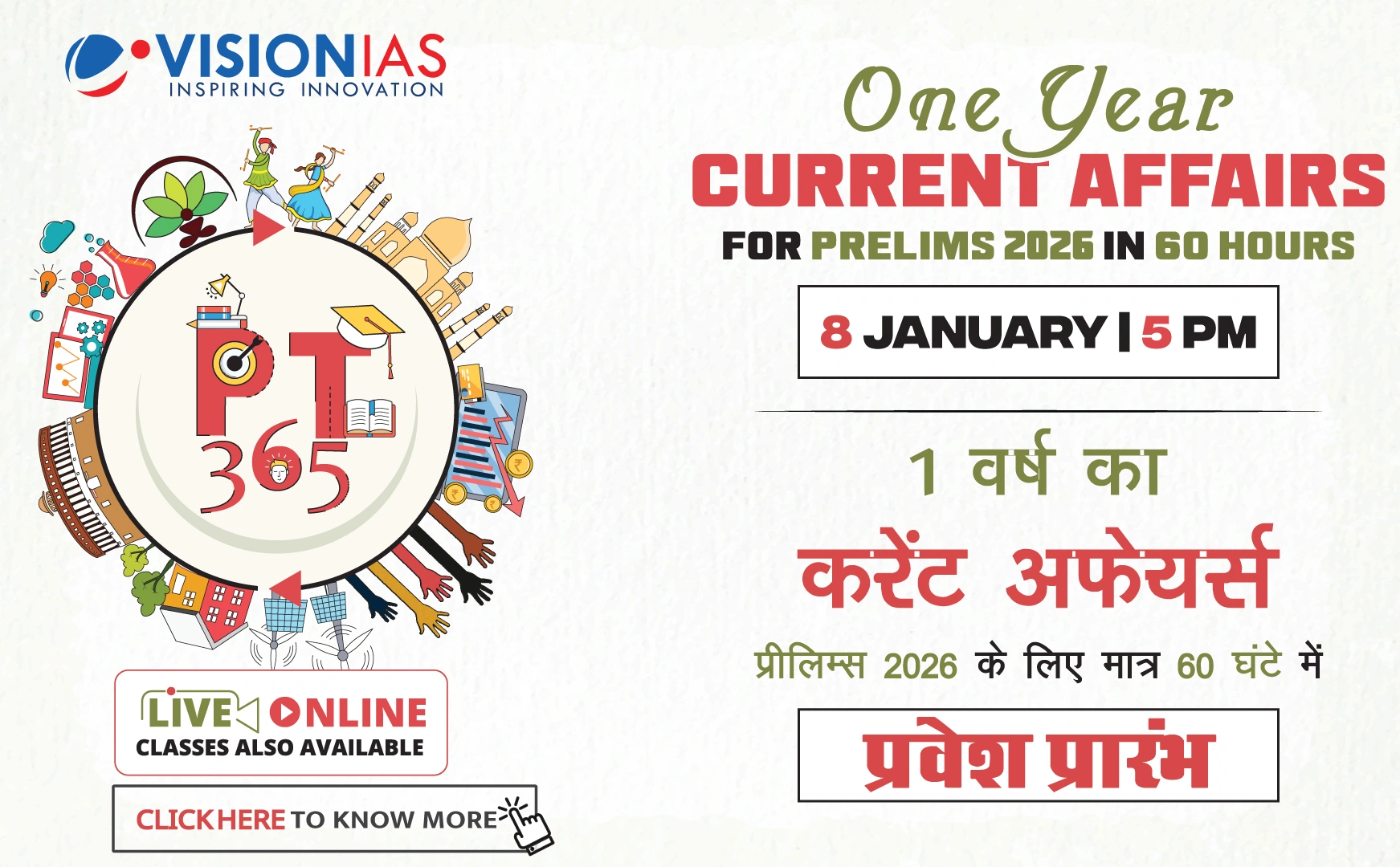Improving India's GDP Estimates Using GST Data
The gross domestic product (GDP) estimates in India have faced significant controversies over accuracy and methodology. Recently, a plan to enhance GDP measurement by incorporating data from the Goods and Services Tax (GST) has emerged, which could be a pivotal development, especially for the Ministry of Statistics and Planning Implementation (Mospi).
Measurement Approaches: Production vs. Expenditure
- Statistical agencies must choose between measuring GDP from the production side or expenditure side.
- Ideally, both measures should align since all production should equate to expenditure.
- Mospi opts for production-side estimates as official GDP figures, citing reliability, despite also generating expenditure-side estimates.
Discrepancies in GDP Measurement
- Historically, discrepancies between production and expenditure measures have been significant and revealing of estimation challenges.
- In financial years 2016-17 and 2017-18, the discrepancy accounted for 20% of GDP growth. In FY20 and FY24, it rose to 50%.
- Predominantly positive discrepancies suggest an overestimation of production-side growth compared to expenditure-side measures.
Issues with Real Growth Estimates
- The real issue lies in using flawed deflators for production-side GDP, heavily influenced by volatile international commodity prices.
- Periods of declining oil prices can lead to underestimation of the GDP deflator, inflating real GDP figures.
Expenditure Data Improvements
- Expenditure data must be enhanced, particularly in consumption measurement, as consumption forms 56% of aggregate demand.
- Expenditure-side deflators require refinement as they are less flawed than production-side deflators.
Role of GST Data in GDP Estimation
- GST data offers comprehensive coverage of consumption transactions, capturing smaller establishments better than current Mospi databases.
- GST data can be broken down by various consumption types, providing timely and high-frequency data.
Improving State-level GDP Estimates
- Current methods for state-level GDP estimates are suboptimal, relying on proxies after national calculations.
- Using GST data could enhance Gross State Domestic Product (GSDP) accuracy and is being considered by several states.
Conclusion and Future Outlook
- Radical improvements in GDP estimation are needed, primarily through better deflators and nominal estimates.
- Adopting GST data for GDP estimation places India among advanced nations using tax data for economic assessments.
In summary, incorporating GST data into GDP measurement could significantly improve the accuracy and reliability of India's economic metrics, addressing long-standing discrepancies and aligning with global practices.



